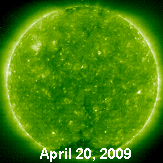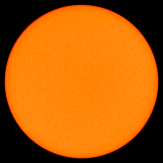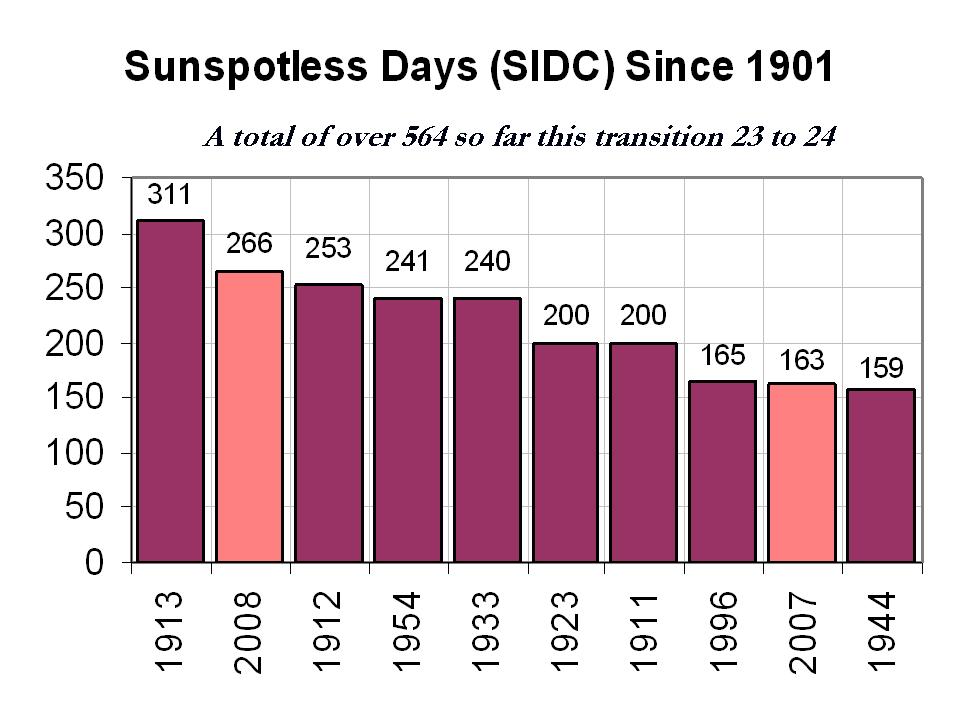Advertisement
If you have a new account but are having problems posting or verifying your account, please email us on hello@boards.ie for help. Thanks :)
Hello all! Please ensure that you are posting a new thread or question in the appropriate forum. The Feedback forum is overwhelmed with questions that are having to be moved elsewhere. If you need help to verify your account contact hello@boards.ie
Hi there,
There is an issue with role permissions that is being worked on at the moment.
If you are having trouble with access or permissions on regional forums please post here to get access: https://www.boards.ie/discussion/2058365403/you-do-not-have-permission-for-that#latest
There is an issue with role permissions that is being worked on at the moment.
If you are having trouble with access or permissions on regional forums please post here to get access: https://www.boards.ie/discussion/2058365403/you-do-not-have-permission-for-that#latest
The sun is dead!! Mini iceage???
-
21-04-2009 12:35pm#1
Comments
-
-
-
-
-
-
Advertisement
-
-
-
-
-
-
Advertisement
-
-
-
-
-
-
-
-
-
-
-
Advertisement
-
-
-
-
-
-
-
-
-
-
Advertisement
-
-
-
-
-
-
-
Advertisement
-
-
-
-
-
-
Advertisement
-
-
-
-
-
-
-
-
-
-
-
Advertisement
Advertisement
 Sunspots could be seen by the Soho telescope in 2001 (l), but not this year (r)
Sunspots could be seen by the Soho telescope in 2001 (l), but not this year (r)







 imagine this eh!!!
imagine this eh!!! 


 Trouble ahead: How the sun storm might look in London
Trouble ahead: How the sun storm might look in London Solar activity: The sun, seen through a NASA telescope
Solar activity: The sun, seen through a NASA telescope Solar flare: Large-scale activity on the sun in 2003
Solar flare: Large-scale activity on the sun in 2003













 Image above: Astronaut Michael Good, STS-125 mission specialist, pauses near controls on the aft flight deck of the Earth-orbiting Atlantis on the day the space shuttle parts company with the Hubble Space Telescope for the final time. Photo Credit: NASA
Image above: Astronaut Michael Good, STS-125 mission specialist, pauses near controls on the aft flight deck of the Earth-orbiting Atlantis on the day the space shuttle parts company with the Hubble Space Telescope for the final time. Photo Credit: NASA


















